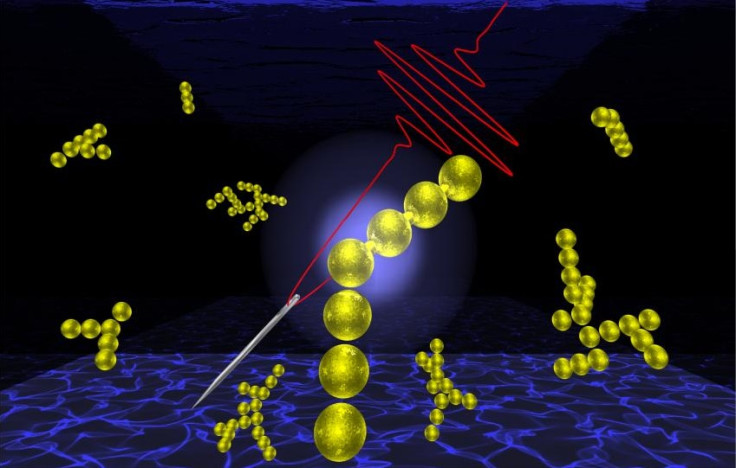Laser-Stitching Technique Could Create Invisibility Cloaks

A new method for manufacturing invisible materials using lasers has been developed by scientists at the University of Cambridge.
The research, published today in the journal Nature Communications, describes how "metamaterials" are built by stitching gold nanoparticles together in long strings.
The team used unfocused laser light as the 'needle' to stitch together particles of gold measuring just a few millionths of a centimetre across. By stacking these strings together, large sections of metamaterials can potentially be produced in much higher quantities than is currently possible.
It was discovered that ultrafast lasers could form billions of bridges to stitch the nanoparticles together in rapid succession. The effect created by the material is that reflected light is inversely refracted, making objects appear invisible.
"It's about finding a way to control that bridge between the nanoparticles," said Ventsislav Valev, a nanophotonics researcher at the Cavendish Laboratory in Cambridge and one of the authors of the paper.

"Joining a few nanoparticles together is fine, but scaling that up is challenging. We have controlled the dimensions in a way that hasn't been possible before. This level of control opens up a wide range of potential practical applications."
Valev believes that the new materials will find increasing application in communications, renewable energies, electronics and sensing, as well as "novel technological frontiers". These include cloaking and other invisibility devices that could be used to improve military stealth technology.
© Copyright IBTimes 2025. All rights reserved.






















